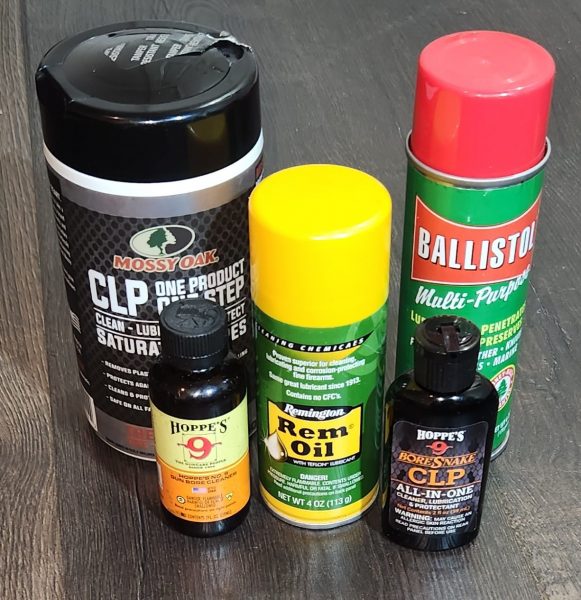
Cleaning your gun is as important as learning how to shoot it correctly. Here are some tips for keeping it in top shape.
No matter what you wear, what kind of holster you use, or what gun you carry, your gun may still get dirty from sweat and needs to be cleaned from time to time. That sweat can also lead to rust if not removed.
Your sweat is composed mainly of water and salt, and when the water evaporates, it can leave a residue that builds up on your gun. That residue, if left unchecked, can lead to rust on your everyday carry (EDC). Ask anyone who fishes in the ocean what salt water can do to metal.
Keeping your firearms lubricated and clean
You need to regularly clean and lubricate your gun to keep it in good shape. We are not talking about a full cleaning like you do after a range trip. We are talking about wiping it down on a regular basis, and that interval will depend on how much and how often you sweat.
All you need is a silicone cloth or rag with your preferred CLP or lubricant. When you are wiping it down, do not overlook small areas like roll pins and set screws. Another common place for rust to build up is around the sights because of the small, recessed edges.
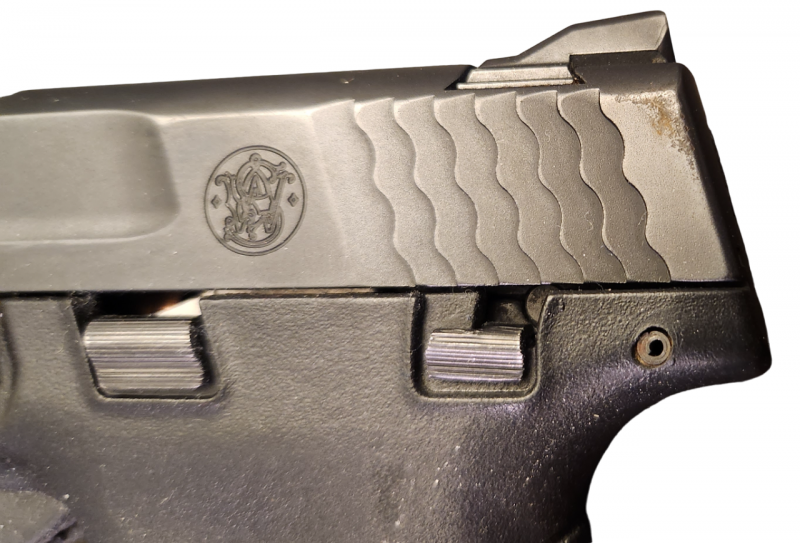
Sweat guards
A holster with a sweat guard covers more areas of the gun, like the back of the frame and slide. It helps keep sweat from getting on the firearm’s metal parts, lessening the chances the finish will get damaged. Different holsters have sweat guards that cover larger or smaller areas, but the style and height of the guard can also affect comfort for some people, so keep that in mind when picking one out. Leather sweat guards, for example, can leave an oily residue on your slide, so check it regularly to see if it needs to be wiped down.
Materials and Finishes Used in Handguns
Guns come with a variety of finishes. Some common finishes include bluing, cerakote, parkerizing, anodizing, and nickel. The finish can significantly affect how susceptible it is to rust. For example, parkerized steel is less likely to rust than steel that was blued. The type of metal also makes a difference. Although some metals are less likely to rust than others, it is possible to develop rust on almost any metal, even stainless steel.
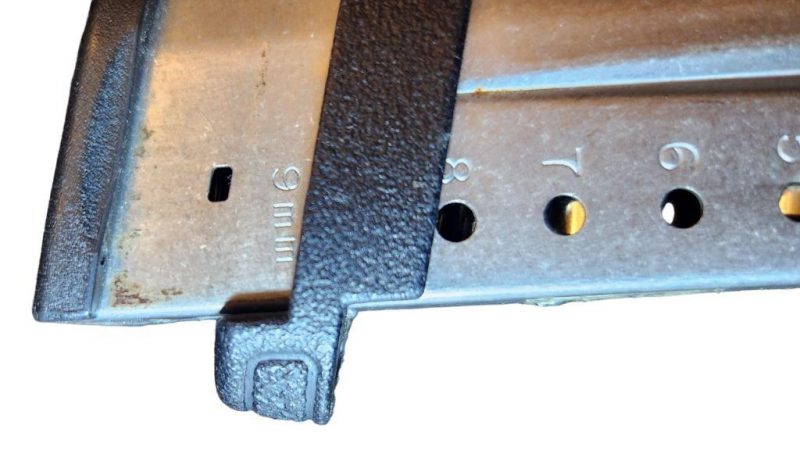
Holster Material
They make holsters of various materials, including Kydex, leather, and fabrics. A simple Kydex holster just needs an occasional once-over with a rag. If you use something made of leather or fabric, you may need to remove your gun and let the material dry out. When inspecting your equipment, do not forget accessories like magazine holders.
Carry Location
There are many types of holsters available, including inside the waistband (IWB), outside the waistband (OWB), appendix inside the waistband (AIWB), and others. The location you carry will significantly impact how much sweat your gun will get on it. AIWB will probably be the worse in the way of getting covered with moisture, while OWB will likely see little if any, sweat.
Once again, regularly wiping down and cleaning your concealed carry pistol is the simplest way to avoid damage caused by rust. A little lubricant can preserve your gun’s appearance and keep it functioning correctly for a long time.
ABOUT THE AUTHOR:

Brian Armstrong grew up in a small farm town in rural Indiana and learned to shoot before he learned to drive. His career began as a firefighter and medic in Ft Wayne, IN. Throughout the years, he has owned multiple businesses, from construction to technology. His life has come full circle, and he is back to his emergency services roots -teaching emergency first aid and firearms courses.
Brian believes that the best way to learn “HOW” to do something is to first answer “WHY” you do something. He is an average guy with views like yours and is now sharing the knowledge gained from teaching, learning from others, and researching the topics you don’t have time to explore yourself. Follow him at @LetsTalkDGU
![]()
You may also enjoy these popular articles:
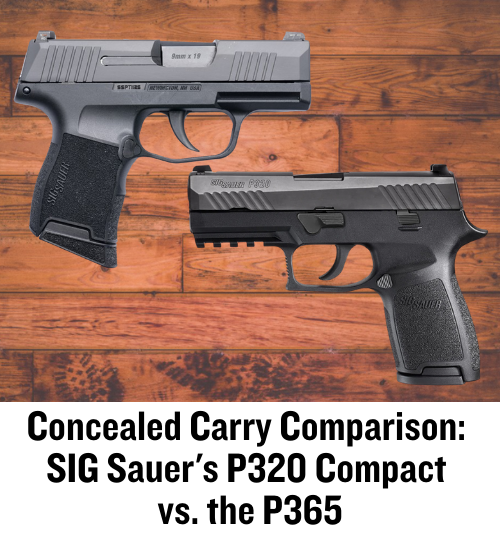



©MTC Holsters, LLC and CrossBreed Holsters Blog, 2022.
Unauthorized use and/or duplication of this material without express and written permission from this site’s author and/or owner is strictly prohibited. Excerpts and links may be used, provided that full and clear credit is given to Travis Pike and the CrossBreed Blog with appropriate and specific direction to the original content.
![]()

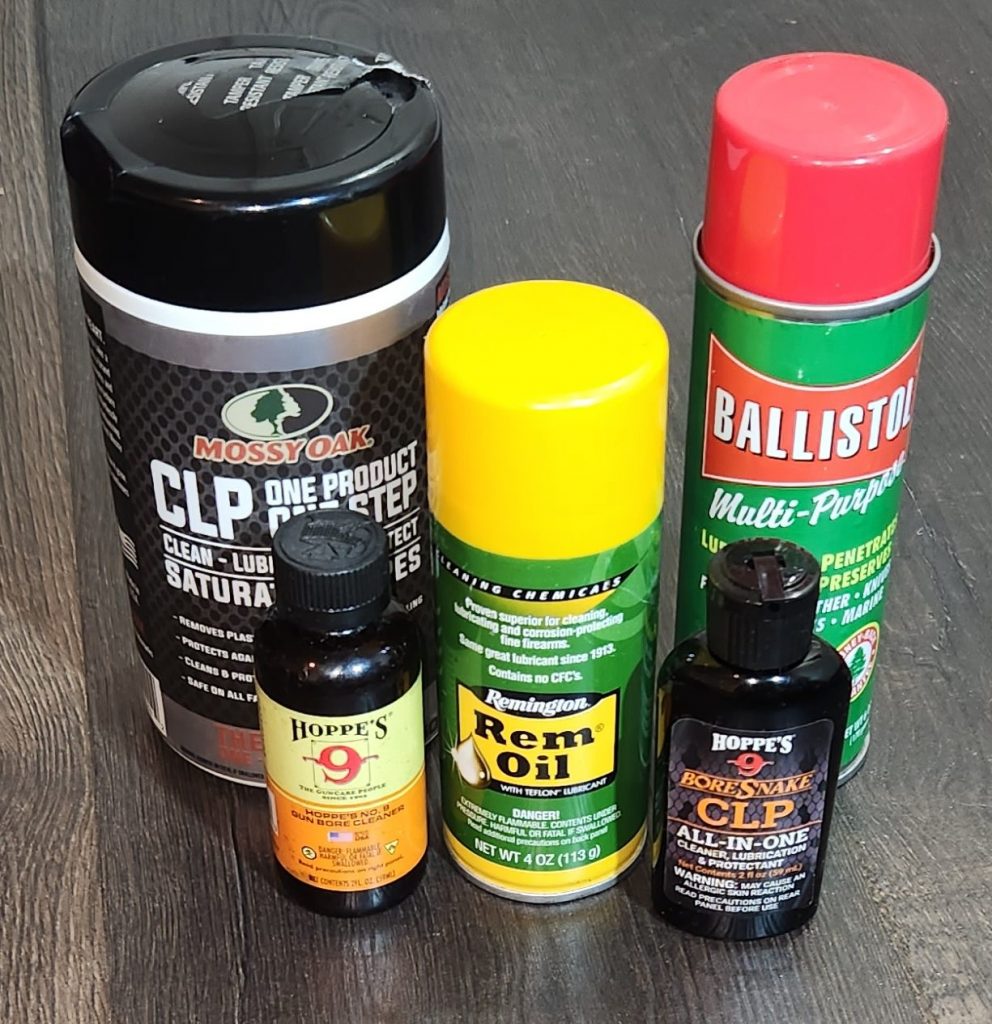
I have abandoned most liquid lubes for my semi-auto firearms in favor of a light coating of grease. The liquids are great for cleaning but they don’t last very long on most surfaces. I like Ballistol for cleaning and a synthetic grease called Super-Lube for moving parts. It stays put, doesn’t stain holsters or clothing, and slicks up the action really nice. The US Military used grease up until the Viet Nam and the M-16 and we all know how that turned out. I use Super Lube in my AR’s and it works great and doesn’t burn off in rapid fire. An interesting side note ; Super Lube is approved by the FDA for use on food processing machines. I’d assume it is pretty non-toxic.